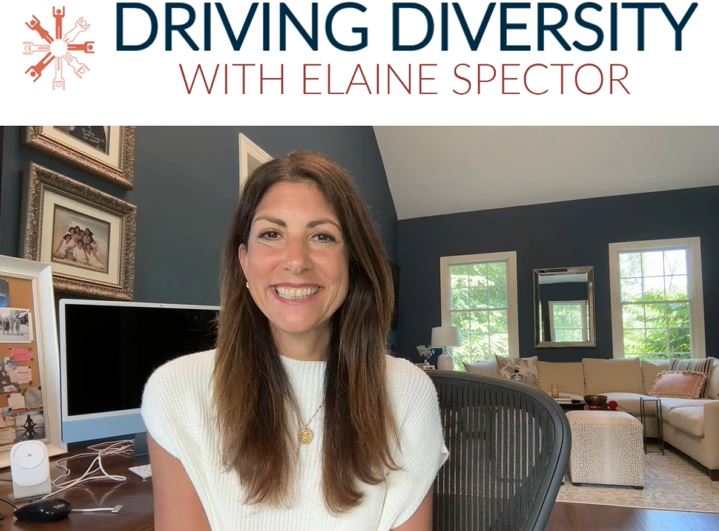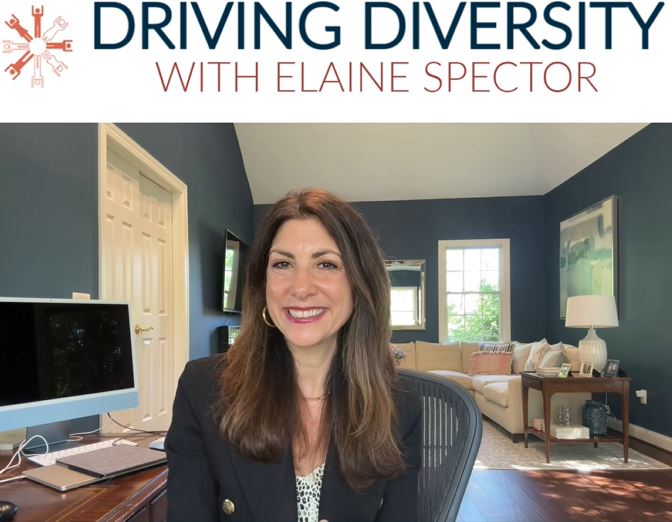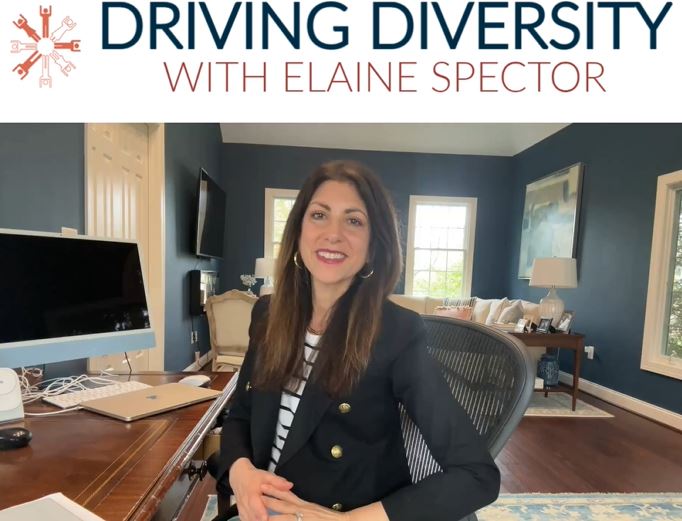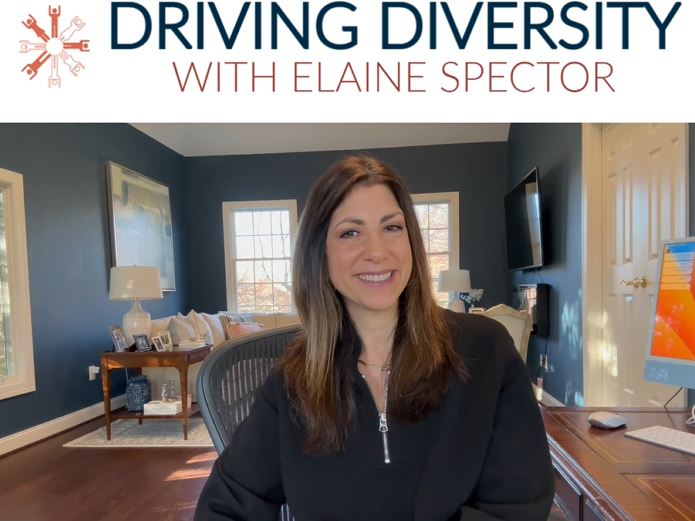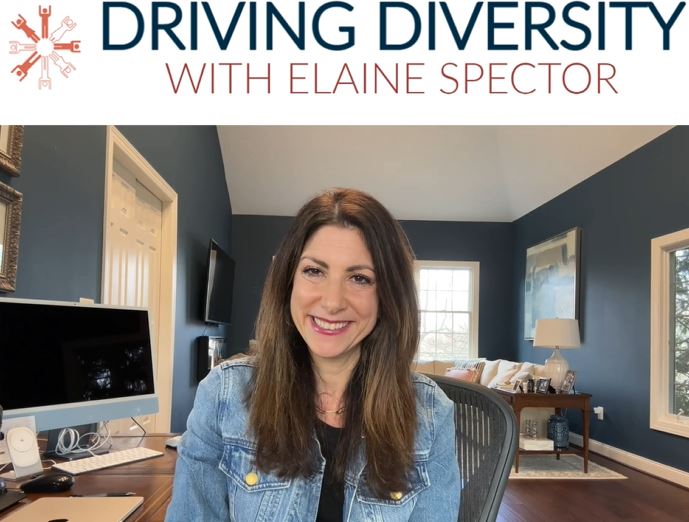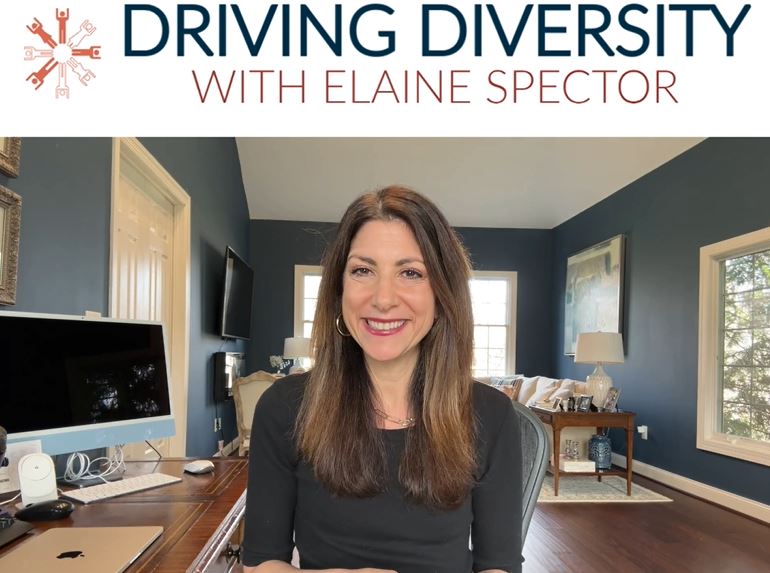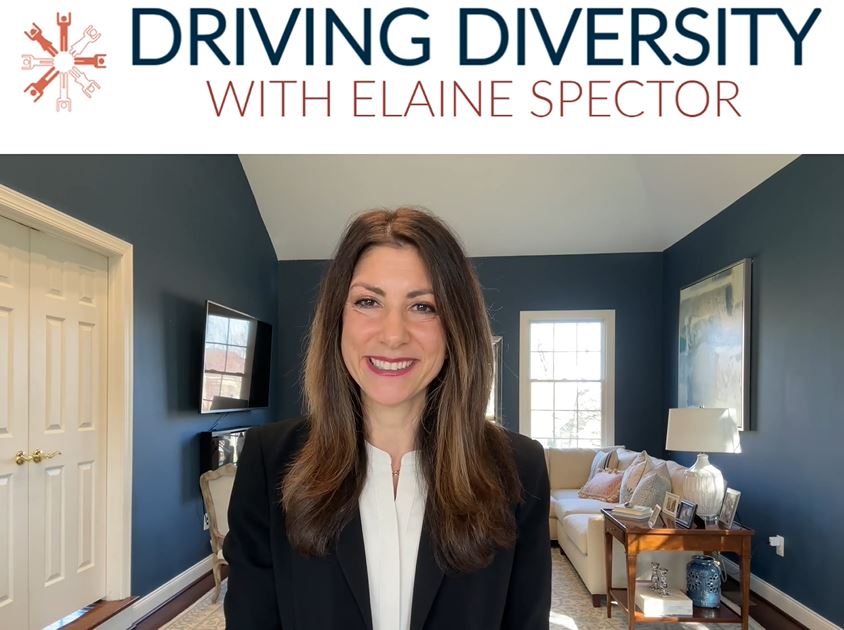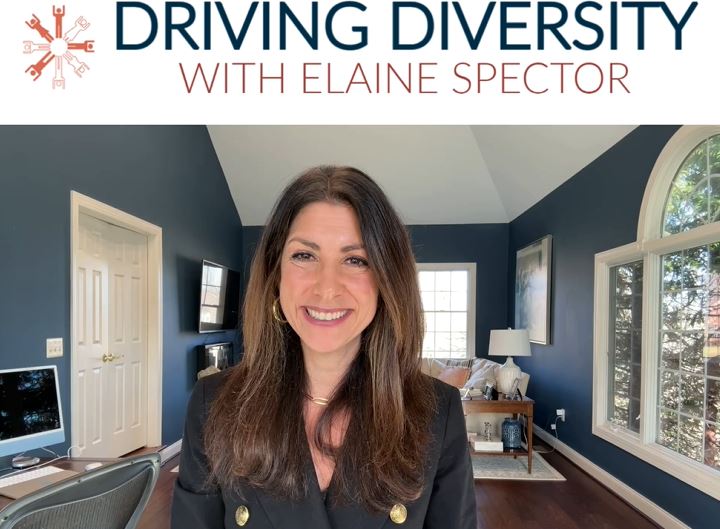Confronting AI Bias and Enhancing Diversity
In the dynamic landscape of technology, diversity and inclusion have never been more essential. As the Intellectual Property Owners (IPO) Annual Meeting in Chicago approaches this September, these themes will be a central focus. Harrity & Harrity is proud to present a special program titled “Making Room for Diversity,” which will explore pressing issues in artificial intelligence (AI), including the significant impact of biased training data on AI models.
Elaine Spector recently shared a personal experience that highlights the importance of this issue. Her daughter, inspired by Elaine, is pursuing a career in engineering and took an online AI class over the summer. The course concluded with group presentations, which Elaine and other parents were invited to attend. Elaine was particularly impressed by her daughter’s presentation, which, unsurprisingly, was outstanding.
One presentation that caught Elaine’s attention focused on the analysis of how biased training data can affect AI models. The students emphasized a crucial point: biased data leads to biased outcomes. This problem is especially concerning in the context of face recognition software, where such biases can result in significant inaccuracies and unfair treatment of specific groups.
Addressing AI bias is not merely an academic challenge but a real-world issue with far-reaching implications. Ensuring fairness and equity in AI systems is vital. This is why Harrity & Harrity is bringing this critical discussion to the IPO Annual Meeting. The “Making Room for Diversity” program will feature a networking lunch and workshop dedicated to addressing these challenging issues within our profession.
Scheduled for Sunday, just before the afternoon committee meetings, this event is designed to be both informative and engaging. It will provide a unique opportunity for attendees to connect with peers and discuss strategies for enhancing diversity and inclusion in the field of technology and intellectual property.
We encourage all attendees of the IPO Annual Meeting to participate in this important event. By coming together, we can drive meaningful change and foster a more inclusive technological future.
Link to registration for the IPO Annual Meeting can be found here: IPO Annual Meeting Registration.
We look forward to seeing you in September!
Want more Driving Diversity? Check out other videos with Elaine Spector here!

